TerraVia’s Walt Rakitsky to present at GOAL conference in Dublin
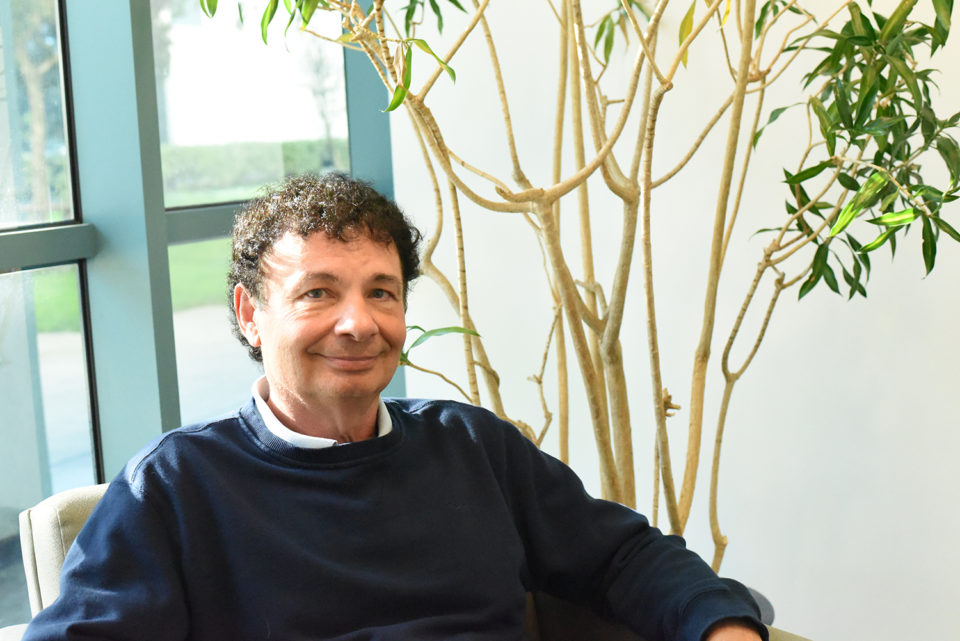
Innovation is everywhere in aquaculture – for examples, look no further than the feeds sector. A proliferation of alternative feed ingredients – from agriculture, from algae, from insects and from microbiology – has allowed the aquaculture industry, the world’s biggest consumer of fishmeal and fish oil, to stretch those resources as it pursues ambitious growth goals into the future.
One of those alternative ingredients – AlgaPrime™, a microalgae ingredient packed with the long-chain omega-3 fatty acid DHA (docosahexaenoic acid) – has been named the winner of the Global Aquaculture Alliance’s (GAA) annual Global Aquaculture Innovation Award, sponsored by Preferred Freezer Services.
Walt Rakitsky, Ph.D., senior VP of emerging business at TerraVia, told the Advocate that AlgaPrime is essentially a response to the growing recognition that aquaculture is the most responsible way to produce more protein for a growing global population.
“If we are going to grow, we’ll need to find new sources of ingredients, using that term broadly, to go into feeds that are sustainable, responsible and don’t make the planet a worse place to live on,” said Rakitsky.
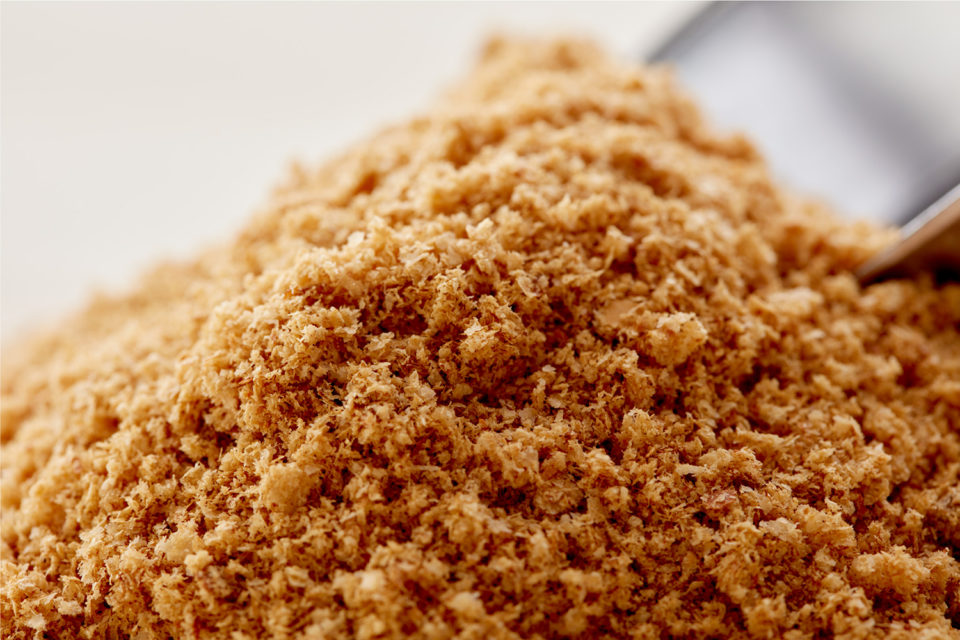
The publicly traded San Francisco-based company TerraVia Holdings, Inc. (NASDAQ:TVIA) is currently in the midst of a sale process, Rakitsky said, one he expects to conclude by the end of September. As a result, the name of the company may change but the technology and the product – which is being implemented with successful results by one Chilean farmed salmon producer – will remain.
“It’s a great opportunity to re-launch the company under new management,” Rakitsky said. “I want to stay focused on AlgaPrime, the SB Oils venture, and everything about bringing a new source of long-chain omega-3 fatty acids that’s sustainable, that’s scaled and relevant, with a cost structure that makes sense, using non-GMO organisms and non-GMO feedstocks. That’s the focus.”
Initially founded as Solazyme in 2003, TerraVia once produced microalgae for use in fuels and chemicals but switched its focus to human and animal nutrition and personal care products. Its aquaculture feed ingredient AlgaPrime is manufactured at a facility in Brazil, running off the steam that is generated by a sugarcane mill, on which the facility is co-located. The joint venture with Bunge Oils (operating as SB Oils) has been manufacturing the product since 2014.
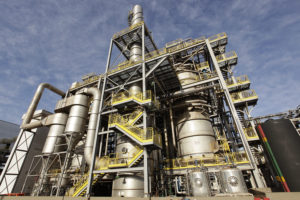
There in Brazil, microalgae is fermented in some of the largest aerobic fermenters in the world, converting sugars into oils and other ingredients, such as the algae biomass known as AlgaPrime. This large-scale industrial technology allows feed producers to predict and forecast availability, pricing, supply and other variables, with a final product that is devoid of contamination, unlike like a natural algae in an open-air environment.
But its chief selling point is its role as an alternative protein that can take pressure off the world’s fishmeal and fish oil supplies. Rakitsky said AlgaPrime’s attributes – such as DHA levels at 28 percent or more – make it a perfect complement to traditional aquaculture feed ingredients.
“We’re not out to replace anything,” Rakitsky said. “There are well managed, sustainable fisheries out there that are providing forage fish for creating ingredients like fishmeal and fish oil. As long as we manage those properly, there’s no reason not to use those resources. The issue becomes, if we see tremendous growth in aquaculture, how do we in a responsible way address it? It could be that these new sources of protein and long-chain omega-3s can help us address that growth.”
AlgaPrime is currently a key ingredient in a salmon feed manufactured by Denmark-based producer BioMar that is being utilized by Chilean farmed salmon producer Ventisqueros. At Seafood Expo North America earlier this year, Ventisqueros announced that it was the world’s “first net fish producer in the salmon industry,” given that its Silverside-branded fish boasts a forage fish dependency ratio of 0.5 kilograms for every kilogram of farmed salmon produced.
If we see tremendous growth in aquaculture, how do we in a responsible way address it? It could be that these new sources of protein and long-chain omega-3s can help us address that growth.
Winning the GAA Global Aquaculture Innovation Award, said Rakitsky, is recognition that aquaculture producers are focused on the nutritional profile of their products as well as the sustainability profile. Reducing the amount of fishmeal and fish oil in salmon feeds has, as University of Stirling (Scotland) researchers discovered last year, led to a finished product that has lower levels of omega-3 fatty acids. Adding AlgaPrime to feed allows fish producers to differentiate in two ways, he added.
“One is by the sustainability metric, where you’re driving the fish in-fish out ratio maybe below 1 so you can be protein positive. The other take is responsibly enriching the omega-3 levels back to where they were just a few years ago,” said Rakitsky, referencing the Stirling research. “I believe that salmon industry has reached a bottoming out in terms of how much fish oil they can use.”
Last year’s Innovation Award winner was Karin Pittman, a University of Bergen (Norway) professor and principle at Quantidoc AS, a fish health diagnostics company that “maps” the mucous layers on the skin, gills and guts of farmed fish. The company is working to automate the analyses processes for its innovative “biological guidance and control tool.”
“The win brought us a lot of attention,” she said. “And since we were capable of responding to it, as a startup we’re already on the right side of zero; we have repeat large-scale commercial customers.”
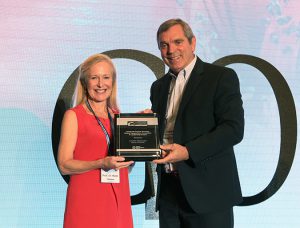
Quantidoc has, she added, completed the automation of analysis for skin tissues. While Pittman doesn’t paint the company as a pioneer, necessarily, it is nimble and adaptable.
“We’re fast. What we’re focusing on is the robustness of the barrier tissue that keeps your fish healthy. That’s where we’re going. If you can measure it you can improve it.”
Other previous winners of the Innovation Award include Werner Jost, director of Brazil-based high-density shrimp farmer Camanor; Rodrigo Prado, a civil engineer and director of USONIC Ltda. in Chile, who proved the efficacy of ultrasound in fighting sea lice infestations; and Ben Gurion University of the Negev (Israel) Professor Amir Sagi, Ph.D., who developed a novel biotechnology application to produce all-male populations of the freshwater prawn through temporal RNA reference.
Now that you've reached the end of the article ...
… please consider supporting GSA’s mission to advance responsible seafood practices through education, advocacy and third-party assurances. The Advocate aims to document the evolution of responsible seafood practices and share the expansive knowledge of our vast network of contributors.
By becoming a Global Seafood Alliance member, you’re ensuring that all of the pre-competitive work we do through member benefits, resources and events can continue. Individual membership costs just $50 a year.
Not a GSA member? Join us.
Author
-
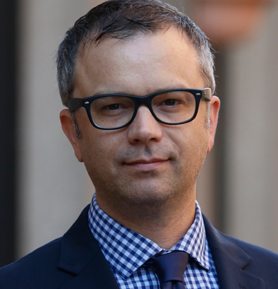
James Wright
Editorial Manager
Global Aquaculture Alliance
Portsmouth, NH, USA
Tagged With
Related Posts
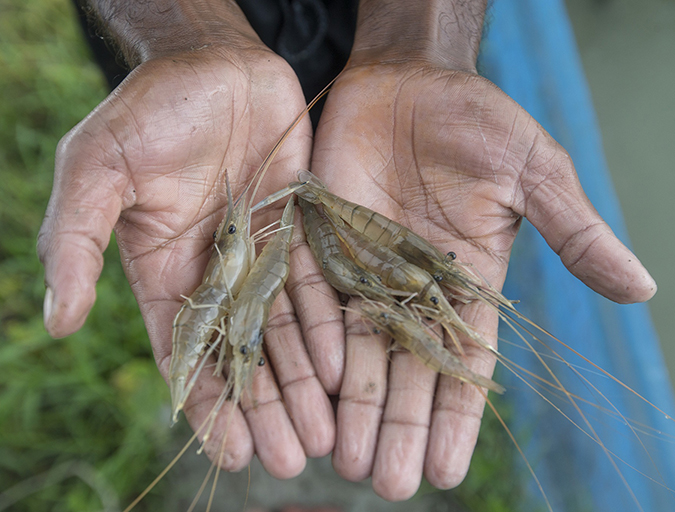
Innovation & Investment
Australia incentivizing innovation in aquaculture
A government-funded $3 million (AUS) project by innovationXchange, WWF and others seeks transformative solutions from entrepreneurs for small-scale producers in the Indo-Pacific region. The competition’s three challenges include fresh thinking on feed, “new ocean products” and sustainable design.
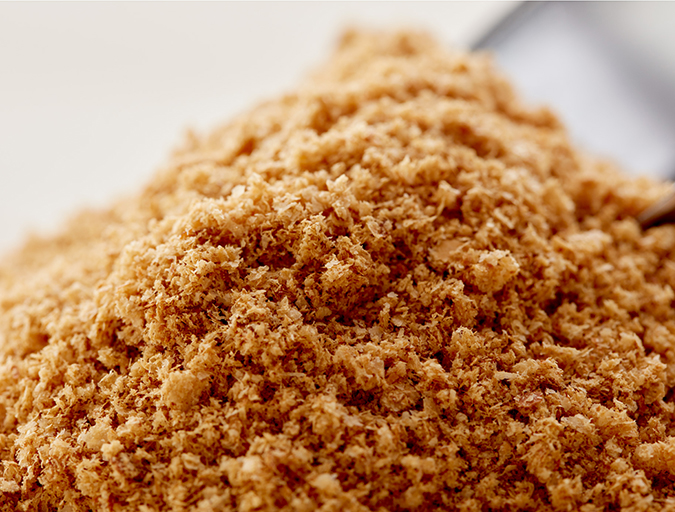
Aquafeeds
Bridging the omega-3 gap with methane, microalgae
Innovation is leading to new ingredient options for renewable sources of omega-3 fatty acids. But Replicating long chain fatty acids is a tall order, Advocate contributor Lisa Duchene discovered.
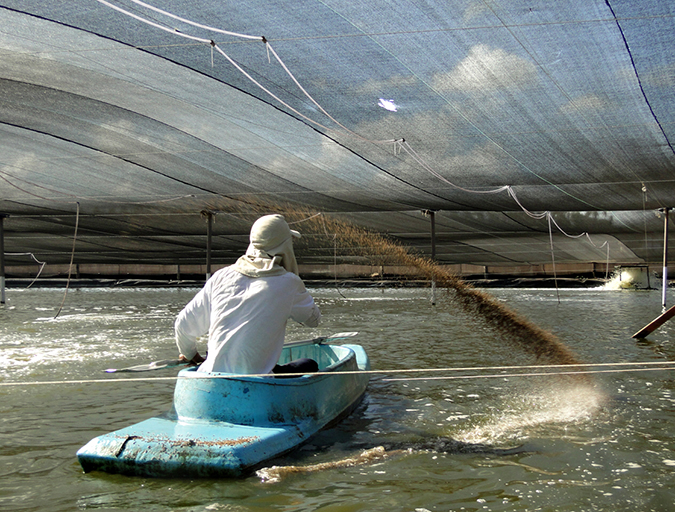
Innovation & Investment
High-density shrimp producer wins innovation award
Camanor Produtos Marinhos Ltda. operates a land-based, multi-species concept for sustainable shrimp production called AquaScience. The Global Aquaculture Alliance has named Camanor the winner of its annual Aquaculture Innovation and Leadership award. Director Werner Jost discusses the process.
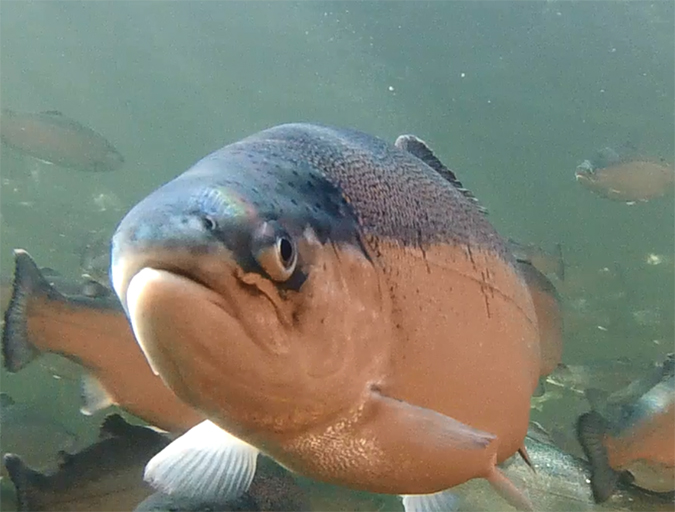
Innovation & Investment
Mucosal mapping architect wins aquaculture innovation award
Quantidoc AS in Norway is the commercialization of Prof. Karin Pittman’s years of fish health research. Pittman, winner of this year’s Global Aquaculture Innovation and Leadership Award, utilizes stereology to measure and better understand mucous on gill, gut and skin tissues – the first line of defense for fish.


